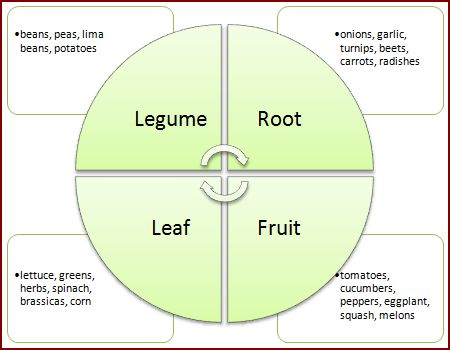HOME | ACTION PLAN | EDUCATION PLANNING | NUTRITION IN GUATEMALA | STAKEHOLDERS ANALYSIS | PROPOSED NEEDSSUSTAINABLE AGRICULTURE | COLD CLIMATE FRUIT TREES | STRAWBERRY PRODUCTION | PLANT GROWTH REGULATORS
What is Sustainable Agriculture
What is Sustainable Agriculture
Farming sustainably means growing crops and livestock in ways that meet 3 objectives simultaneously:
- Economic Profit (Economic Sustainability)
- Social Benefits to the farmer and the community (Social Sustainability)
- Environmental Conservation (Environmental Sustainability)
Farm as an Ecosystem:
Four major natural processes- energy flow, water cycle, mineral cycle, and ecosystem dynamics- are manageable and if working properly, they can help conserve soil, water, and help reduce farm operating costs.
- Energy Flow- starts when sunlight is converted into plant growth, then continues through animal consumption, followed by animal decomposition, microorganisms decompose animal waste and dead plant material, the process completes when the decomposed material is brought back to a state where plants can uptake the recycled nutrients.

Engergy Flow - Water Cycle- typified by no soil erosion, fast water entry into the soil, and the soil’s capacity to retain water. The water cycle can be enhanced by management practices of adding or maintaining groundcover and organic matter in the soil.

- Mineral Cycle- the continual recycling of nutrients from the soil to the crops and animals and then back into the soil by plant and animal waste. This process can allow for less fertilizers used have the ability to feed off the farm (both people and animals). With this cycle it is important to limit erosion, nutrient leaching, and the depletion of organic matter.

Mineral Cycle - Ecosystem Diversity- involves having a high diversity of plants and animals both above and below ground. Greater diversity allows for stability within the system and helps with minimizing pest, weed, and disease problems. The use of crop rotation and strip inter-cropping break the pest, weed, and disease life cycles. The use of borders, windbreaks, and trap crops allow for beneficial organisms to come in and limit crop pests.
 intercropping
intercropping
Farm Practices for Sustainable Farming
- Diversify-
- Crop Rotation-
- Soil Management-
- Weed Management-
- Pest Management-
- Disease Management-
Crop Rotations-
- Enhance soil conservation
- Build organic matter
- Control method for weeds, pests, and diseases
- Improve water quality and conservation

Soil Management-
- Improve soil structure and fertility
- Increasing organic matter
- Done using compost, manure, and cover crops
- Increasing organic matter
- Soil is improved by processes of aeration and infiltration
- Done by worms and other soil organisms
- Compost and manure impact soil fertility
- Cover crops impact soil building, fertility, structure, infiltration and water holding capacity
Weed Management-
- Use of dense cover and forage crops to smother weeds- prevent weed germination and crowd out weeds so they can’t uptake nutrients and water
- Selectively manage weeds- done based on identification of weed to manage according to their lifecycle and reproduction.
- Conservation Tillage or No-till- weed control due to dense mat of old vegetation
- Use of living mulches- inter-seeding one crop into another allows two crops to grow, while at the same time reducing weeds because they are out competing the weeds.
- Mechanical control
Pest Management-
- Restore beneficial insect populations- beneficals are predators of pests which will there for reduce the use of pesticides
- Biological Control- the use of living organisms to control pests
- Biocontrol agents include insects, mites, bacteria, fungi, viruses, and nematodes
- Biological Control- the use of living organisms to control pests
- Have a diverse farm system- reduces large scale pest outbreaks
- Intercropping
- Crop Rotation
- Trap Crops
- Integrated Pest Management- is the basic framework used to determine when and how pests are controlled
- Integrates habitat modification and cultural, physical, biological, and chemical practices to reduce populations and minimize losses
- Need to monitor, record populations, know life cycles, and know natural enemies.
- Implement control based on economic thresholds
- Use of organic Pesticides
Disease Management-
- Have a diverse farm system- reduces large scale disease outbreaks
- Intercropping
- Crop Rotation- end disease life cycles
- Plant disease resistant varieties
- Have good soil drainage
- Adequate air movement within the plants
- Plant clean seed and transplants
- Use of organic fungicides
https://attra.ncat.org/attra-pub/viewhtml.php?id=295
http://www.molbaks.com/weeklyjune2011.html
http://www.betterhensandgardens.com/2010/04/04/garden-crop-rotation-a-simple-system/
